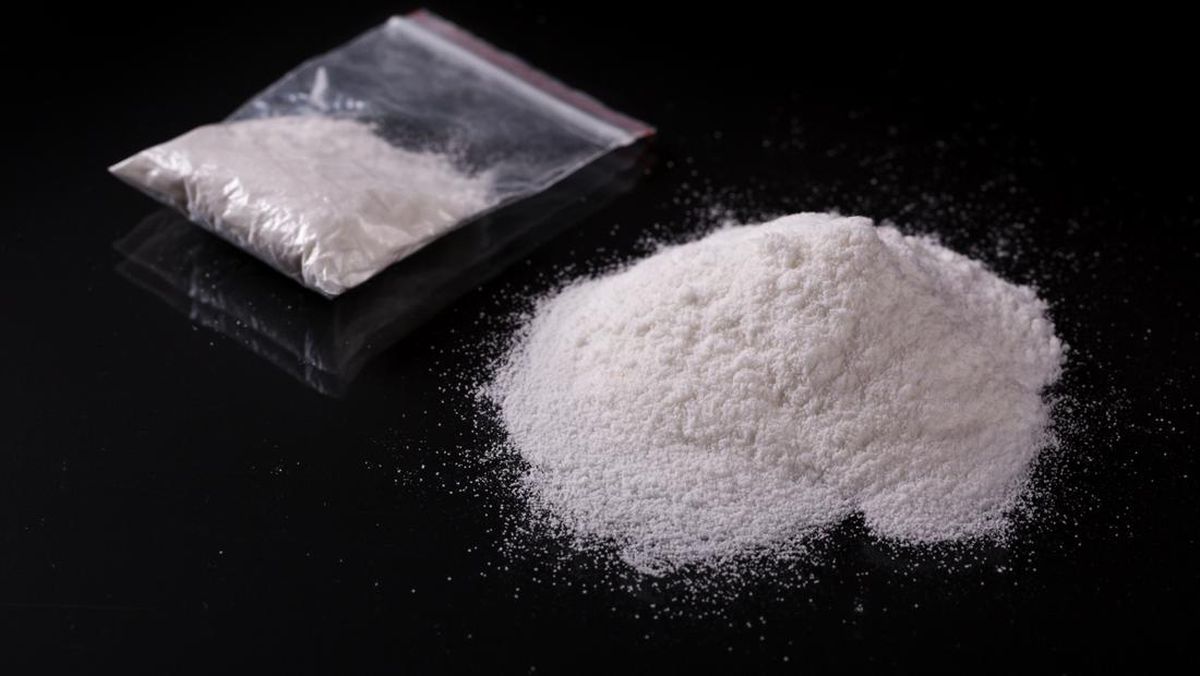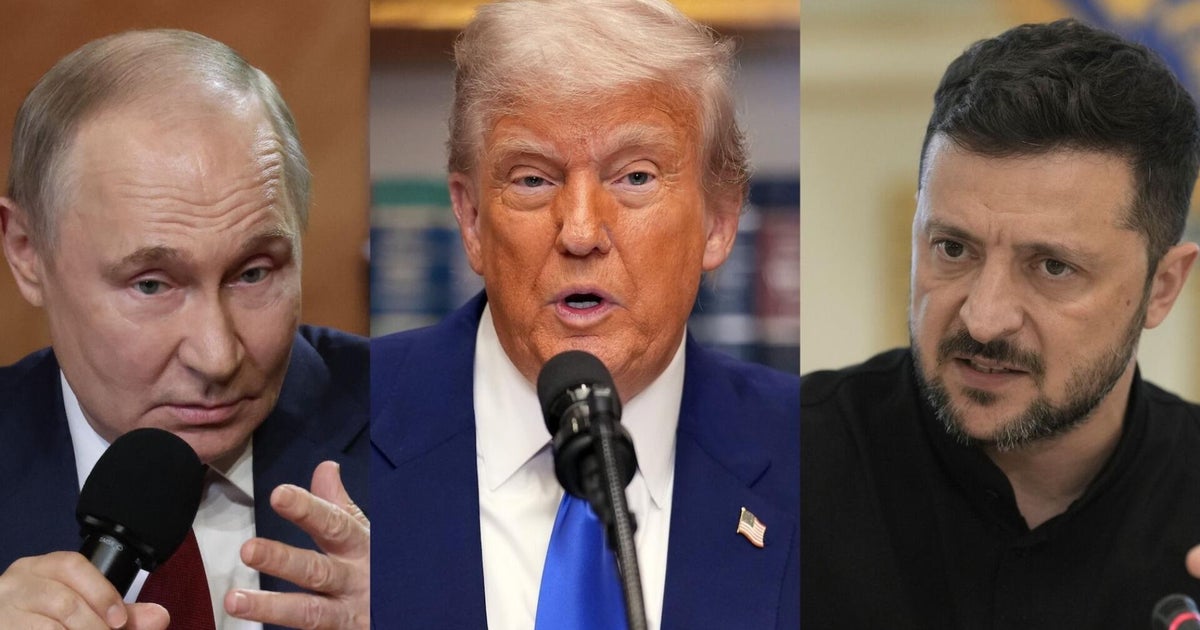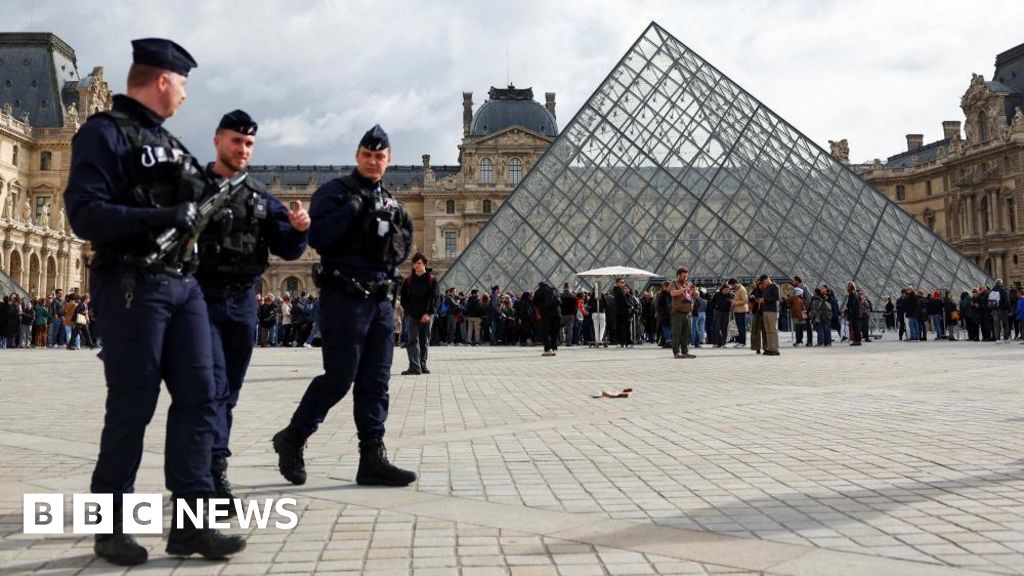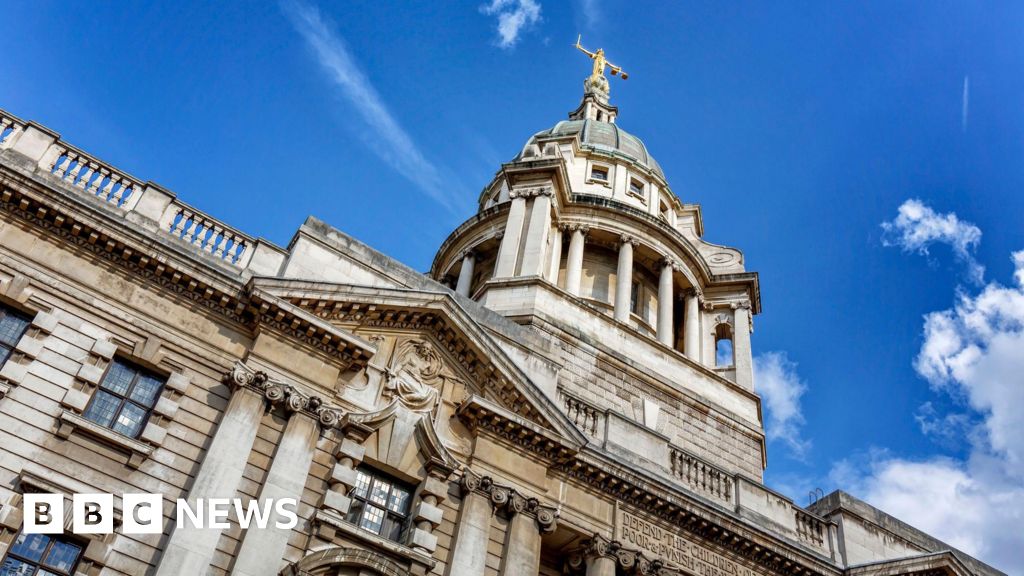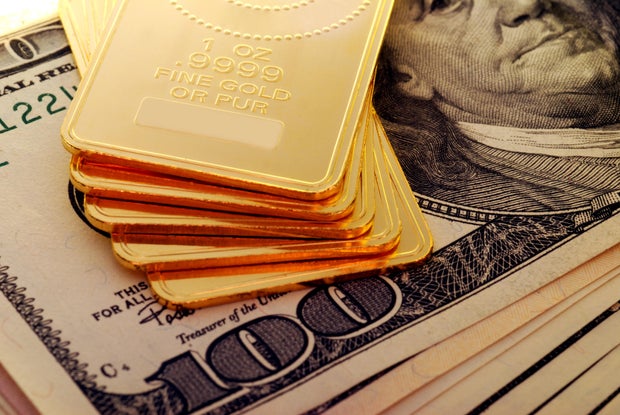 Whether gold prices rise or fall next year, one thing is clear: The precious metal isn't going anywhere as a portfolio staple.
Mathieukor/Getty Images
Whether gold prices rise or fall next year, one thing is clear: The precious metal isn't going anywhere as a portfolio staple.
Mathieukor/Getty Images
Gold prices spiked in October, reaching a new record high of over $4,300 per ounce. And while they've declined slightly since that point, the yellow metal is still selling at significantly higher prices than just a few years ago.
In fact, as of late November, the gold price per ounce was over $4,100. In November 2023, it was barely above $2,000.
"Gold prices have been experiencing one of the steadiest two-year uptrends ever," says Jim Wiederhold, commodity indices product manager at Bloomberg Professional Services.
The reasons for the surge are many, including rising inflation and economic uncertainty, as well as large purchases from central banks worldwide. It begs the question, though: How long can the run-up continue, and where are prices headed next?
Find out how you can add gold to your investment portfolio today.
What are the gold price predictions for 2026? Here's what some experts are expecting.
Here's what experts say you can expect for the gold — and its pricing — in 2026.
Many signs point to a continued rise
Many experts predict that gold prices will continue rising in 2026, and demand for the precious metal will remain high well into the new year.
"The strategic case for holding gold remains strongly intact as we look to 2026," says Joseph Cavatoni, senior market strategist at World Gold Council.
That "case," Cavatoni says, includes "diversification, liquidity, and protection against unexpected shifts in the macro environment."
Experts say many will also use the metal as a hedge against inflation, which has climbed steadily since March.
"Gold prices absolutely have room to grow, and this is evidenced by the fact that the dollar still has room to deteriorate," says Ben Nadelstein, head of content at Monetary Metals.
Just how far gold prices can go depends on a lot of factors. Geopolitical tensions, which can influence central bank purchases of gold, as well as inflation and any resulting Federal Reserve moves, will play a big role, experts say.
For now, market forecasts pin gold prices somewhere between $4,000 and $5,300 per ounce next year, Cavatoni says.
"A meaningful move higher would likely require some combination of declining real yields across major economies, heightened geopolitical or financial uncertainty in key regions, or continued strength in global central-bank gold purchases," Cavatoni says. "Any of these would reinforce gold's role as a strategic hedge not just for U.S. investors, but for reserve managers and asset allocators worldwide."
Learn more about your gold investing options online here.
But what goes up can come down, too
Gold's run-up can't last forever, though, and some pros say 2026 may be the year things stall out or even reverse course for the yellow metal.
"There are multiple potential scenarios where gold could continue higher from here, or have a massive drawdown or simply trade sideways for years, like it has done in the past," Wiederhold says. "Gold tends to go on multi-year rallies — typically at least two years — and then gold prices go through multi-year consolidations, trading sideways."
Again, it depends largely on inflation, the Fed's response to it and whether central banks continue purchasing gold in large quantities.
"Clearly, the price of gold is affecting some consumption," Wiederhold says. "If central banks become price sensitive after massive stockpiling in recent years, then you could see the gold price losing one of its key supporting tailwinds."
Prices likely won't see a huge slide, though, if they do decline. Nic Puckrin, founder of Coin Bureau and former investment advisor at Goldman Sachs, expects they'd settle around $3,500 per ounce if that happened.
"That would bring it close to the current 50-week moving average, as well as its April 2025 peak," Puckrin says. "Whether we see this — and the timing — will depend on the macro backdrop. But at some point, gold's relentless rise will likely fizzle out."
Should you buy now, before the price can rise?
Many think gold prices could rise further next year, which makes now a good time to invest in the precious metal — especially if you're looking for protection from rising inflation or volatility in other asset classes.
There are many ways to buy in, too, from purchasing physical gold bullion or coins to opening a gold individual retirement account (IRA) or buying gold stocks.
"You don't need to commit large sums of capital to get started in gold," Nadelstein says. "Many companies offer fractional gold ownership, often as little as 0.1 grams. You can also do dollar-cost averaging, where you can accumulate gold over time with a fixed dollar amount to purchase."
The bottom line
Whether gold prices reach $5,000 per ounce or settle back toward $3,500, one thing is clear: The yellow metal isn't going anywhere as a portfolio staple. The same forces that have driven its dramatic two-year surge — persistent inflation concerns, geopolitical tensions, and central bank appetite — aren't likely to disappear overnight, even if they do eventually cool.
For investors weighing whether to buy in, the key is understanding what role gold plays in your overall strategy. If you're looking for a hedge against inflation or market volatility, the current price environment shouldn't necessarily scare you off, especially if you're taking a long-term view. Just remember that gold, like any investment, comes with risk — and what goes up can indeed come down. Consider starting small with fractional ownership or dollar-cost averaging to build your position gradually rather than trying to time the market perfectly.
Edited by Angelica Leicht




